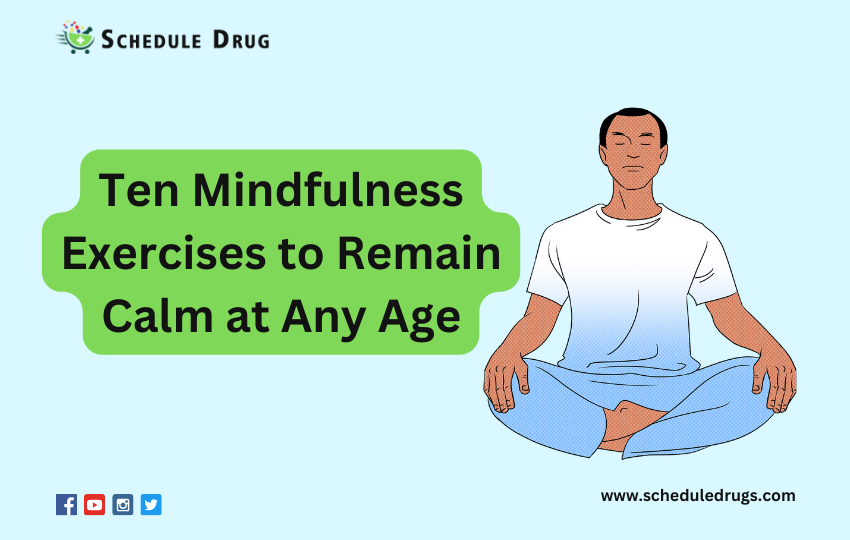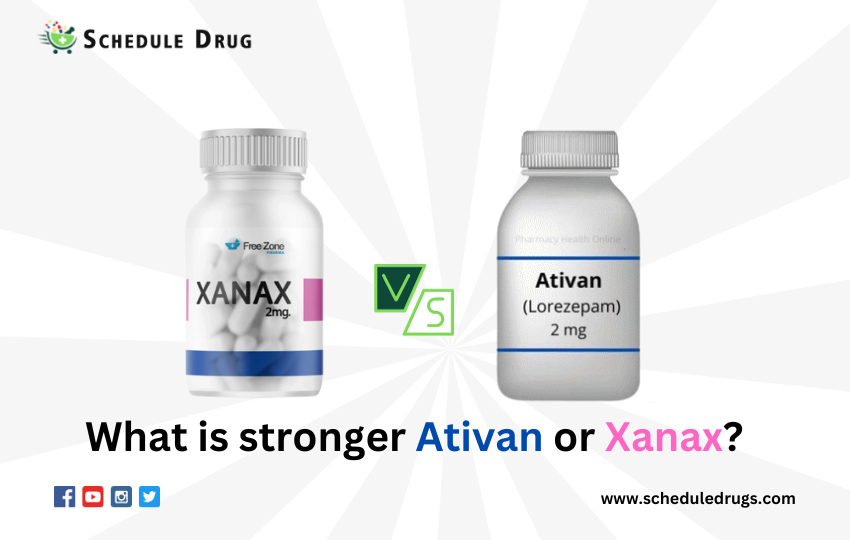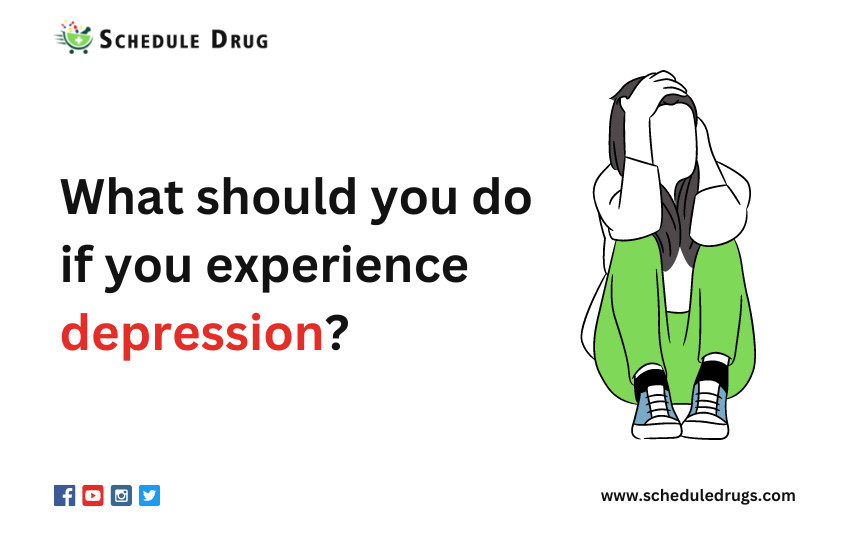10 Mindfulness Activities to Find Calm at Any Age
Mindfulness
Mindfulness is a mental state obtained by concentrating consciousness on the present moment while calmly noticing and accepting one’s emotions, thoughts, and body sensations. The practice can reduce stress, anxiety, and depression and may also improve sleep quality and cognitive flexibility, Mindfulness has been shown to increase gray matter density in some areas of the brain, and preliminary evidence suggests that mindfulness may be beneficial for pain management and reducing substance use.
Mindfulness is a prominent issue in the mental health field. There are different ways to be mindful, but the goal is always to focus on the present moment. Mindfulness activities can help you learn to be more aware and live in the present moment.
Benefits of Mindfulness
Mindfulness has been shown to have several benefits for mental health, including reducing stress and anxiety, improving mood, and reducing rumination. Mindfulness has also been shown to have physical health benefits, including reducing pain symptoms and improving sleep quality.
Some of the benefits are:
Stress reduction: Mindfulness can help us reduce our stress levels and improve our overall health. When we are stressed, cortisol levels increase, leading to weight gain, heart disease, diabetes, depression, anxiety, insomnia, and other health issues. Mindfulness helps us focus on what’s happening right now rather than dwelling on past events or future worries.
Improved sleep quality: When we’re stressed, our body releases adrenaline into our bloodstream, which causes us to feel anxious and agitated. This makes it difficult to sleep at night. However, if we practice mindfulness before bedtime, we’ll be calm down and relaxed, allowing us to get a good night’s rest.
Increased productivity: If you’re feeling overwhelmed or having trouble focusing, practicing mindfulness can help you become more productive. Studies show that people who meditate regularly tend to work faster and complete tasks more efficiently.
Mindfulness exercises for adults
Mindfulness exercises are a form of therapy that can help adults deal with stress, anxiety, and depression. Mindfulness is the practice of paying attention to the present moment without judgment. When you are attentive, you are more aware of your thoughts and emotions, which may help you handle them better. There are various mindfulness activities you may practice on your own, such as meditation, deep breathing, and yoga. Mindfulness can also be practiced in everyday activities such as walking or eating.
These activities are aimed at turning daily events into mindful moments.
- Mindful Eating: This conscious method transforms something you do into a mindfulness practice every day. You can make mealtimes more thoughtful with a few simple mindful eating habits, including listening to the sizzling of your pan and chewing carefully to relish every meal.
Other mindful eating ideas you might try:
Experiment with dining with your other hand.
Consume the initial bites of your meal calmly and focus on your food’s flavors, aromas, and texture.
Avoid any distractions while having your meal.
Mindful Breathing: Mindful breathing is a form of meditation that can be practiced anywhere, at any time. It is simple to learn and can be done by anyone, regardless of experience. Mindful breathing is a way to focus on the present moment and connect with your inner self. This exercise helps you focus your attention on your breath. We can do this anywhere, anytime, even while walking down the street. Close your eyes and take deep breaths through your nose. Inhale through your mouth only if you are doing it consciously.
Walking Meditation: This meditation is a simple exercise that can help clear your mind and relax your body. This type of meditation is best done outdoors, but if you are indoors, then do not worry about the light. Just focus on your breathing and stroll around the room. You may want to start slow and build up speed over time. If you need some extra motivation to practice this walking meditation, try listening to music while you walk. Walking meditation is an excellent technique to cultivate mindfulness. Start by noticing your footsteps. Feel your foot making contact with the ground. Observe how the air moves around you. Listen to the sounds around you. Be aware of your breathing.
Mindfulness exercises for kids
Mindfulness exercises can help kids learn how to focus and pay attention. They can also help kids learn to control their emotions and react better in stressful situations. Mindfulness exercises may be done in numerous ways, but the essential part is to find something that works for your child and that they will enjoy doing.
- Calm cards: Calm cards are a new way to reduce stress. They are a deck of cards with different exercises that help you focus and take a break from the chaos of life. The activities are manageable and can be done anywhere.
- Dragon Breathing: Dragon breathing is a form of meditation that has been practiced since ancient times. This practice involves deep abdominal breathing while focusing on your body’s sensations. Slow, deep breaths are used to calm the mind and body.
- Bubble blowing: A mindfulness activity Bubble blowing can help improve focus and concentration. It is a fun and calming activity that can be done almost anywhere. Bubble blowing is a form of mindfulness that can help to clear the mind and focus on the present moment.
Bubbles are a familiar play for children, and they make for a great mindfulness exercise.
Mindfulness for teens
Mindfulness is a type of meditation that anyone of any age can practice. However, mindfulness is especially beneficial for teenagers. Mindfulness can help teens learn to focus and pay attention to the present moment, rather than dwelling on the past or worrying about the future. Mindfulness can also help teens manage stress and anxiety and improve their moods. In addition, mindfulness can help teens develop a stronger sense of self-awareness and self-compassion.
Music appreciation: Mindfulness for teens’ music appreciation. Research has shown that mindfulness can be a beneficial practice for people of all ages, and a growing number of adolescents are using mindfulness to improve their mental health. New research published in the journal Mindfulness indicates that teenage music enthusiasts who participate in mindful listening activities demonstrate more excellent connectivity in the brain’s auditory cortex, responsible for processing sound.
Mindful movement: It’s no secret that teenagers are under a lot of pressure. Between school, extracurriculars, and social media, it can be hard to find time to be themselves. Mindfulness is an excellent way for them to decompress and connect with their inner selves. Mindful movement, such as yoga and meditation, can help teens learn how to focus on the present moment and manage stress.
Mindfulness for groups
Mindfulness for groups is a form of mindfulness practiced by a group of people. Mindfulness for groups aims to improve communication and cooperation within the group. Mindfulness for groups can be used in businesses, schools, and other organizations. The benefits of mindfulness for groups include improved communication, cooperation, and teamwork.
- Laughter yoga: Mindfulness is a practice that can be used in individual or group settings. Group settings can include laughter yoga, which is a type of mindfulness. Laughter yoga combines laughter with deep breathing exercises. The combination is said to have many benefits, such as reducing stress and anxiety.
The benefits of laughter include improved mood, increased energy levels, reduced stress and anxiety, and improved immune system function. In addition, laughter can help reduce pain, relieve depression, increase self-esteem, improve sleep quality, and lower blood pressure.
In addition to its many health benefits, laughter yoga is also great fun!
Art therapy: Art therapy can be a powerful way to increase mindfulness in a group setting. Mindfulness is the practice of being aware of the present moment without judgment. It has been shown to have many benefits, including reducing stress and anxiety. Mindfulness can help create a sense of community and connection in a group setting. It can also help people feel more present and connected to their thoughts and feelings.
Art therapy is a form of psychotherapy that uses art media to help people express their feelings, thoughts, and experiences. This type of therapy can be used with children, adolescents, adults, or older individuals.
Mindfulness activities are a great way to conclude a mindfulness session. They help to solidify the concepts that were learned and help to create a lasting impression. Additionally, they can be fun and engaging, making the practice more enjoyable. Many different mindfulness activities can be used, and each one can be tailored to fit the group or individual’s needs.
Mindfulness is a way of being that allows us to be fully present in our lives. This can be difficult to do when we are stressed out, anxious, or overwhelmed. Mindful activities help us become more aware of what is going on around us, how we feel about things, and how we can change our reactions to situations. These activities allow us to become more mindful and improve our overall well-being.



